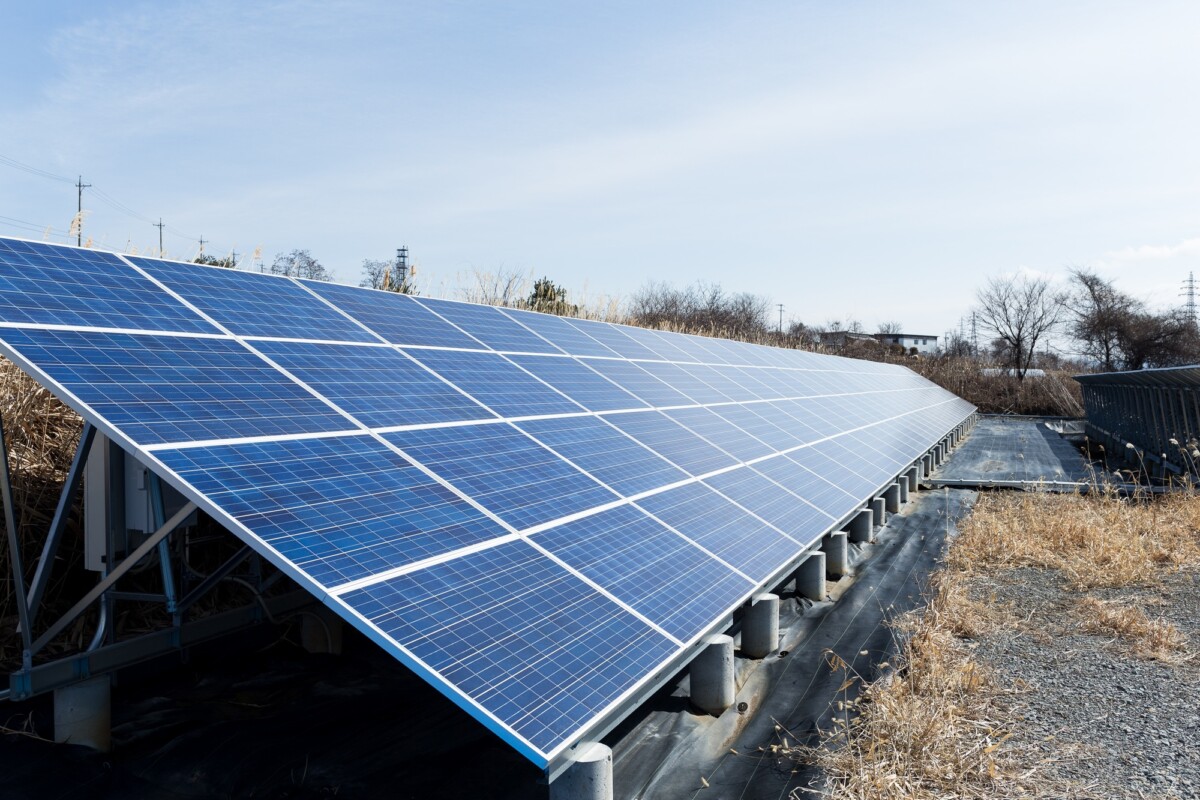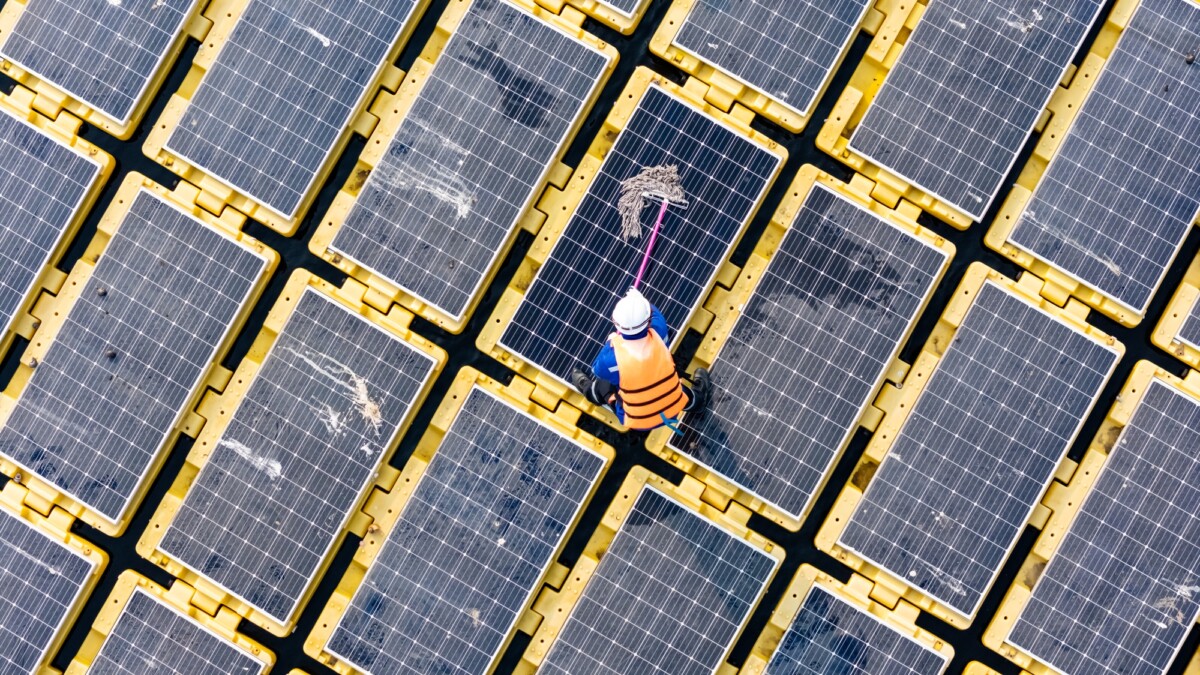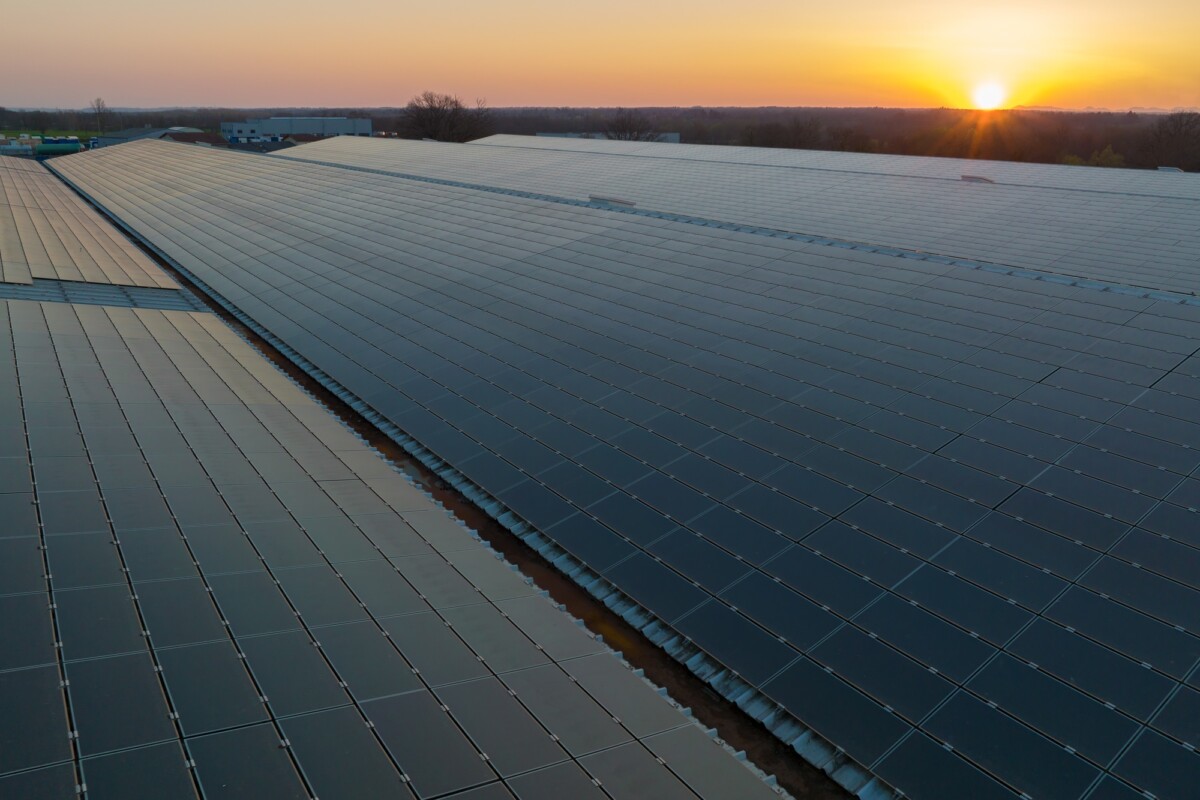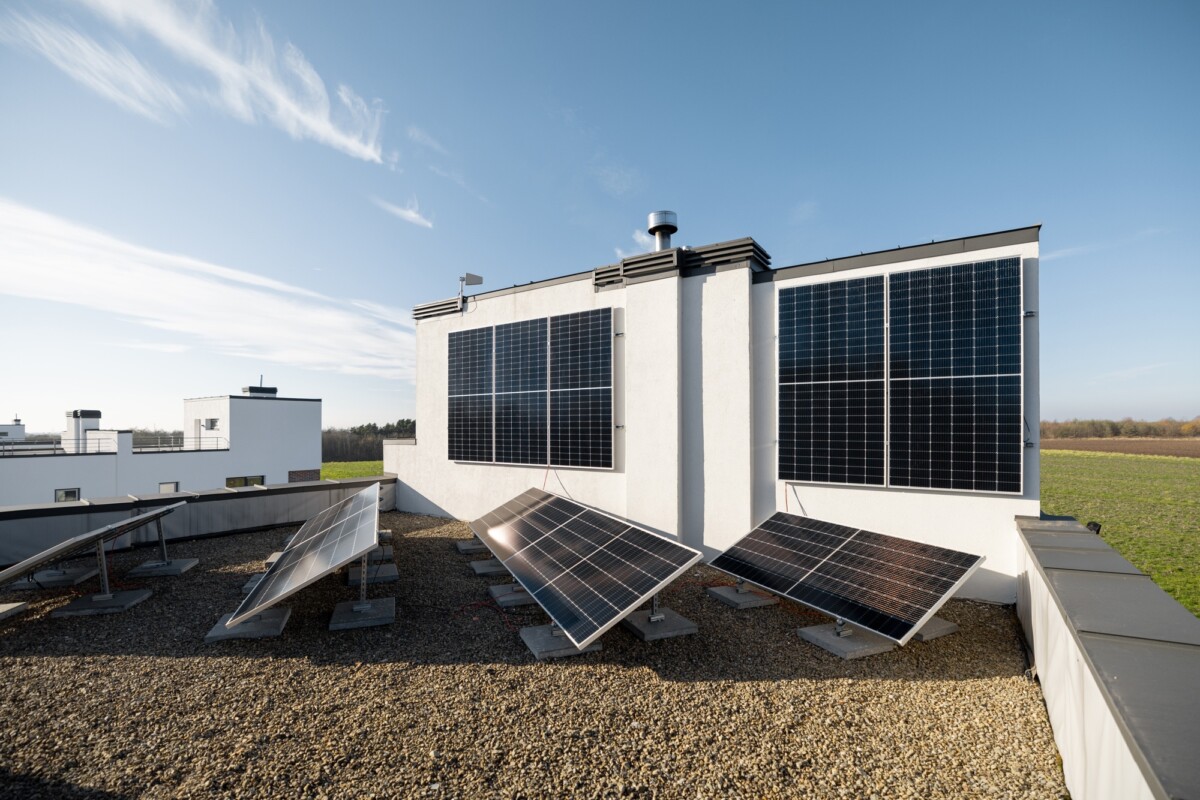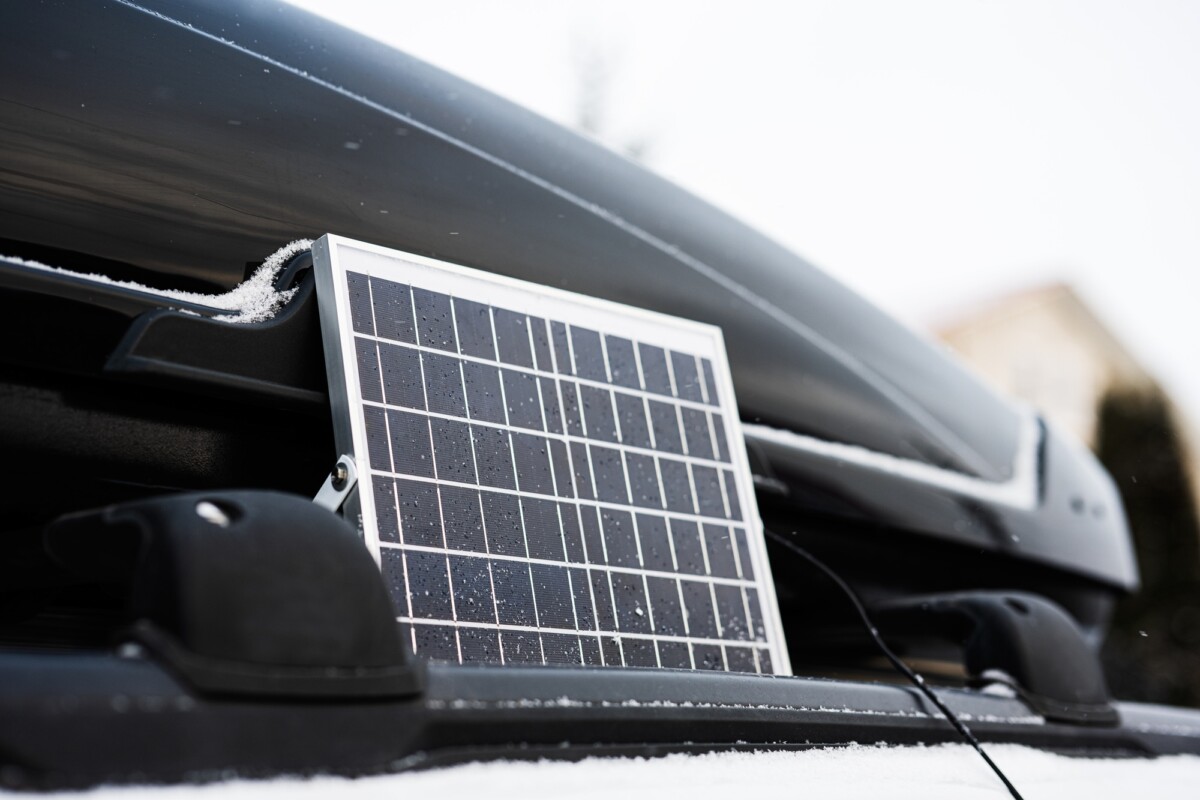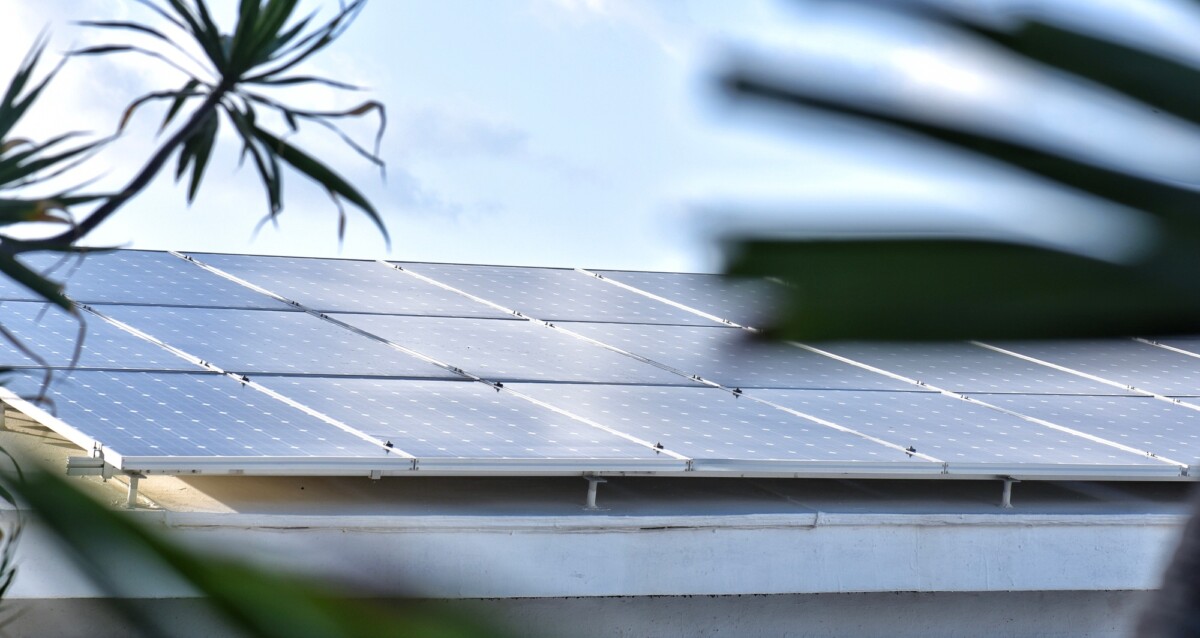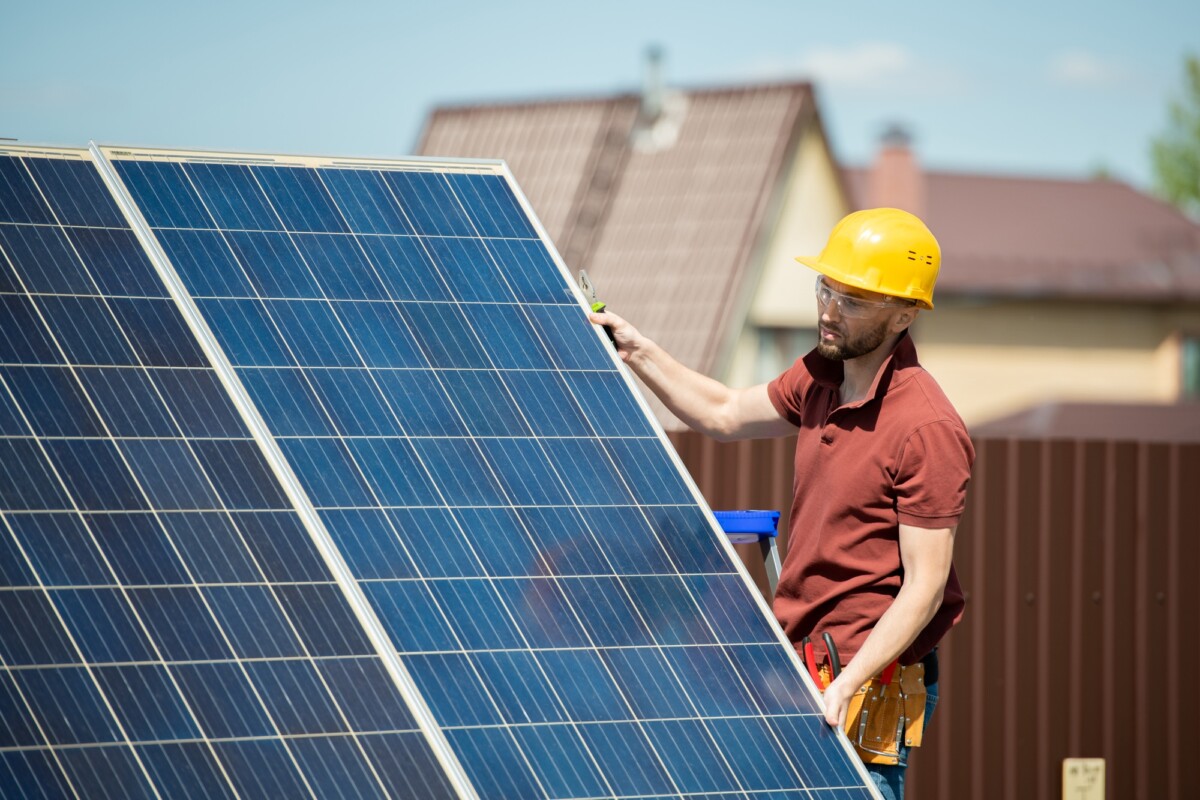The world faces significant environmental challenges, such as climate change, soil degradation, and water scarcity, threatening global food security. Because of this, it is very important to find new ways to make farming more sustainable and increase crop yields simultaneously. Agrivoltaics solar panels offer a promising solution to address these challenges.
Agrivoltaics: The Concept
Agrivoltaics is a concept that combines agriculture and solar energy. It involves the installation of solar panels on farmland to harnessing solar energy while allowing crops to grow underneath. In essence, agrivoltaics solar panels represent a new form of land use where the same area is used for both agricultural and energy production purposes.
Advantages of Agrivoltaics Solar Panels
Several advantages of agrivoltaics solar panels make them a sustainable solution for modern agriculture.
Improved Land Use Efficiency
Installing solar panels on farmland can lead to improved land use efficiency. Rather than having separate land areas for agriculture and energy production, agrivoltaics combines the two, freeing up additional land for other uses. This can help to reduce land use conflicts, such as those arising from competing demands for land use.
Increased Crop Yield
Agrivoltaics solar panels can also help to increase crop yield. The shade provided by the panels can help reduce the heat and radiation that crops are exposed to, leading to improved growth and yield. In addition, the panels can also help to protect crops from extreme weather events, such as hailstorms or heavy rainfall, which can damage or destroy crops.
Energy Production
The renewable energy produced by agrivoltaic solar panels can either be used on the farm and in local houses or be sent back into the grid. This helps to reduce dependence on fossil fuels and promote sustainable energy production.
Reduced Water Usage
By providing shade to crops, agrivoltaics solar panels can help to reduce water usage. The shade can help to retain moisture in the soil, reducing the need for frequent irrigation. This can help to conserve water, especially in areas where water is scarce.
Soil Protection
Agrivoltaics solar panels can help to protect the soil from erosion caused by wind and water. The panels act as a barrier that reduces the impact of wind and rain, preventing soil loss and nutrient depletion. This can help to improve soil health and promote sustainable farming practices.
Carbon Sequestration
Soil carbon sequestration is another way that agrivoltaic solar panels can assist in cutting down on greenhouse gas emissions. The shade provided by the panels helps reduce the rate of soil carbon decomposition, leading to carbon accumulation in the soil. This can help to mitigate climate change and promote sustainable farming practices.
Challenges of Agrivoltaics Solar Panels
While agrivoltaics solar panels offer significant advantages, some challenges must be addressed.
Cost
The installation of agrivoltaics solar panels can be expensive, especially for small-scale farmers. The cost of the panels, installation, and maintenance can be a barrier to adoption, particularly in low-income countries.
Maintenance
Agrivoltaics solar panels require regular maintenance to ensure optimal energy production and crop growth. This can be challenging for farmers with limited resources and technical skills.
Shade Management
The shade provided by the solar panels can also challenge crop management. Different crops require varying amounts of sunlight, and the shade provided by the panels can affect their growth and yield. Proper shade management is necessary to ensure crops receive the required sunlight.
Space Requirement
Installing agrivoltaics solar panels requires significant space, which can be a challenge for farmers with limited land resources. It may also limit the types of crops that can be grown in the shaded areas.
Technical Expertise
Agrivoltaics solar panels require technical expertise to install and maintain. This can be a challenge for farmers who may not have the necessary skills or knowledge to operate and maintain the panels.
Current Implementation and Future Prospects
Despite the challenges, agrivoltaics solar panels have been implemented successfully in various parts of the world. In 2016, a pilot project in Arizona, USA, showed that agrivoltaics could increase crop yield by 3.5 to 4 times compared to traditional agriculture. In Japan, the construction of a 2.6 MW agrivoltaic solar power plant on a 30,000 square meter plot of land increased the annual rice yield by 12%.
The future prospects of agrivoltaics solar panels are promising. More widespread use of agrivoltaics is anticipated because of the falling cost of solar panels and rising demand for renewable energy. In addition, technological advancements, such as the development of transparent solar cells, could help address some of the challenges associated with shade management and space requirements.
Conclusion
Agrivoltaics solar panels offer a promising solution to address modern agriculture’s challenges. They provide a sustainable way to increase crop yield, conserve water, protect the soil, generate renewable energy, and sequester carbon. While there are challenges to adoption, agrivoltaics is gaining traction worldwide, with promising future prospects. Further research and development into agrivoltaics could make a huge difference in the battle against climate change and the spread of environmentally responsible farming methods.
Take the first step towards a brighter, more sustainable future. Request your solar power quote today at freesolarpowerquotes.com!
FAQS
What is Agrivoltaics?
Agrivoltaics is a technology that combines agriculture and solar energy production by installing solar panels above crops to create a hybrid system that generates both electricity and food.
What types of crops are suitable for Agrivoltaics?
Agrivoltaics works best with low-lying, shade-tolerant crops such as lettuce, spinach, and other leafy greens. These crops can thrive in the reduced sunlight conditions created by the solar panels while also providing a source of food and income for farmers.
What are Agrivoltaics Solar Panels?
Agrivoltaics solar panels are photovoltaic solar panels installed above crops to create a hybrid system that generates both electricity and food.
What types of crops can be grown under Agrivoltaics Solar Panels?
Agrivoltaics can be used with many crops, but it works best with low-lying, shade-tolerant crops such as lettuce, spinach, and other leafy greens.
How do Agrivoltaics Solar Panels work?
Agrivoltaics combines the benefits of solar power and agriculture by using solar panels to capture energy while allowing crops to grow beneath them.
What are the advantages of Agrivoltaics Solar Panels?
Agrivoltaics has several benefits, including increased efficiency of land use, protection of crops from extreme weather conditions, increased yield and improved soil quality, and reduction in carbon footprint and overall energy costs.
How much do Agrivoltaics Solar Panels cost?
Size of the system, crops being grown, and location all have a role in how much an agrivoltaics solar panel system will cost. Generally, it is more expensive than traditional solar panel installations but can offer higher overall returns.
What is the lifespan of Agrivoltaics Solar Panels?
The lifespan of Agrivoltaics Solar Panels is similar to traditional solar panels, which typically last between 25 to 30 years.
What are some potential challenges of Agrivoltaics Solar Panels?
Some potential challenges of Agrivoltaics Solar Panels include the initial cost of installation and maintenance, the need for proper planning and design, and the potential shading effects on crops and impact on growth.
Are there any successful Agrivoltaics Solar Panels projects?
There are several successful Agrivoltaics Solar Panels projects worldwide, such as the Fraunhofer Institute for Solar Energy Systems (ISE) in Germany and the University of Arizona in the United States.
Is Agrivoltaics a scalable solution for renewable energy and sustainable agriculture?
Yes, Agrivoltaics has the potential to be a scalable solution for renewable energy and sustainable agriculture as it combines two essential components of modern life.
What is the future of Agrivoltaics Solar Panels?
The future of Agrivoltaics Solar Panels is promising, with ongoing research and development focused on improving the efficiency and scalability of the technology.


